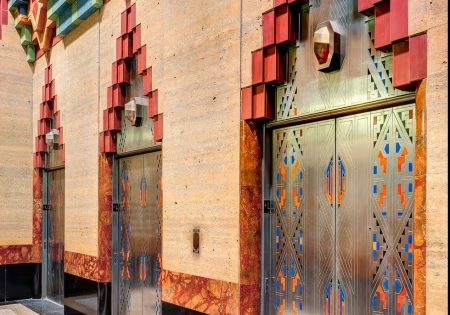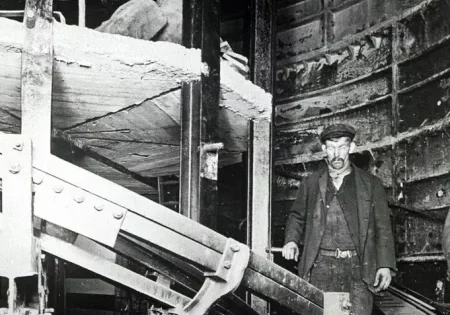A 2022 Pew Research Center study revealed that the percentage of Americans living in multigenerational households has quadrupled since the 1970s. Respondents often cited practical reasons for sharing their homes with relatives, like finances or caregiving. There is also an emotional component to these living arrangements — while a quarter of adults said it is “stressful all or most of the time,” more than twice that shared it is “mostly or always rewarding.”
The positive aspects of bringing old and young people together through housing arrangements have been explored in recent years by real estate developers and city planners. In Berlin-Adlershof, Germany, GSW Sigmaringen created an intergenerational residential complex that accommodates tenants of all ages, providing common spaces that encourage connection. Future Living is made up of eight apartment buildings that are home to singles, families, seniors and students alike.
Designed with accessibility in mind, the Future Living development utilizes technology to provide ease for all residents. Schindler supplied eight elevators equipped with convenient PORT destination dispatching. Doors to the shared buildings and apartments use PORT 4 Visitor technology, opening with the swipe of an access card or the Schindler myPORT app.

Schindler was also involved in an intergenerational living development in Bergamo, Italy, providing mobility solutions — 39 elevators and 17 escalators — to the Chorus Life project. “A city within a city,” Chorus Life is made up of 80 apartments, a 110-room hotel, a multi-purpose arena, wellness facilities, a shopping center and more — all planned with multigenerational socialization in mind.
The benefits of closing the generation gap are well-documented. Social isolation and loneliness present serious health risks to people of all ages, especially the elderly. But it’s not only seniors who benefit from interactions outside of their peer group. Young people can gain an understanding of history from those who have lived it. With a life’s worth of wisdom and experience, older people can be a resource for younger generations who can glean knowledge, skills and sometimes, much-needed attention. Through these relationships, a mutual mentorship is formed, and both parties are given a sense of purpose.
Many of today’s tenants are looking for more than four walls and a roof; they have amenities, sustainability features and the overall community to take into consideration. With talk of a “silver tsunami,” a term often used to refer to population projections showing a significant increase in Americans aged 65 and older by 2060, the concept of intergenerational living and accessible communication tools could be more relevant than ever.

Get more of Elevator World. Sign up for our free e-newsletter.










